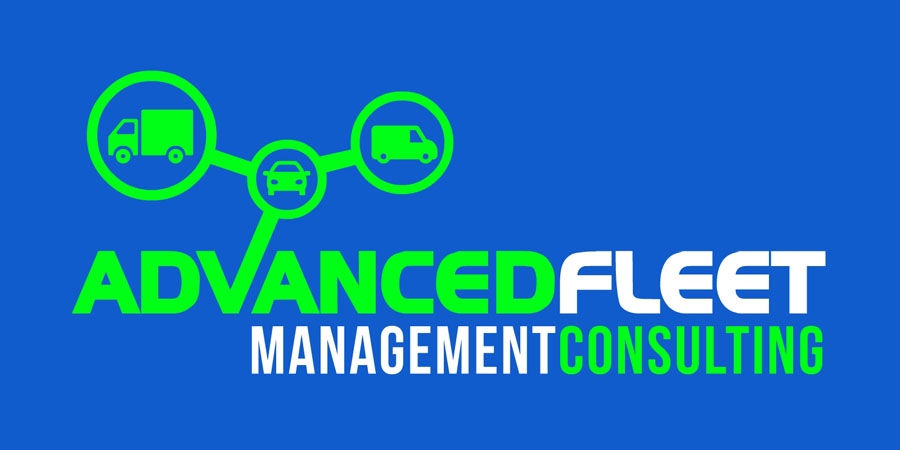Creative Strategies for Retaining Drivers
The truck driver shortage stands at 51,000 for-hire drivers. While associations and fleets have been scrambling to devise creative ways to solve it, trucking is hardly the only industry affected. Impacts of the driver shortage ripple throughout the transportation industry, from waste to construction. Concerns about retaining drivers are so widespread, they even have the wine business on edge. To entice current drivers to stay, fleets have been raising driver salaries. But there are other great ways to boost retention in your fleet—like these:
Provide thorough training and onboarding. One of the biggest concerns we hear from fleets across the board is that drivers leave the job because it doesn’t match their lifestyle. A driver doesn’t fully experience some of the tougher aspects of the job until they’re actually in it, and by then they would rather just have more home time. It goes to show that the initial onboarding and training process can help or hurt when it comes to retaining drivers.
When you help new drivers understand the realities of the job before they start, they’ll know what they’re getting into and will be more apt to stay. They’ll go into the job with eyes wide open, so to speak. In the Waste industry, Waste Management has an excellent training program for new drivers. It instills in them safer habits, but just as importantly, it prepares them for the driver lifestyle. Some trucking fleets also offer one-on-one mentoring programs to prepare drivers for what’s coming, and they’re vital to retaining drivers in the long run.
Have a quality employee referral program for retaining drivers longer. Referred employees take the shortest time to hire, require the least money to hire, and are the best-quality hires. When a job candidate is referred by an employee, they not only have a better shot at fitting in with the culture, they also have a personal interest in working there.
There’s ample data to back up these claims. The average referred employee stays for 2.7 years, versus 1.5 years for those found through job boards, states Fleet Owner magazine. HR Technologist magazine similarly claims that 46 percent of referred candidates stay for at least three years, compared to just 33 percent for job board candidates. A well-structured referral program offers strong incentives for employee referrals (think: cash rewards or vacation days). Throw in some genuine praise on top of it to bolster company loyalty further.
Communicate expectations about safety technology early. Let’s face it: The earlier you talk to drivers about how behavior-based video telematics programs work, the better off you’ll be. If you plan to onboard the Lytx DriveCam® safety program, for example, it’s wise to discuss it with drivers before the install even begins. If you’re already using the program, let candidates know that during the interview process and explain how your company uses the program to promote driver development. By using behavior-based safety programs as coaching tools, organizations can enhance driver performance, defend against false claims and retain drivers for years to come.
Improve the driver-dispatcher relationship. No matter your industry, commercial drivers are on the road for several hours a day. The dispatcher may be the only person they talk to throughout the day, so it’s crucial that dispatchers cultivate that relationship with a positive attitude. Denise Ponds, a long-haul driver for TransAm Trucking, sheds light on how important the driver-dispatcher relationship is, and why fleets should take care to hire personable dispatchers.
“My dispatcher doesn’t hesitate to help me out with things back at the office and knows my preferred routes,” Ponds said. “On top of that, he’s always willing to go the extra mile, not only for me, but for his whole fleet. He’s always laughing about something and has my best interest at heart. I wish he worked every day.”
Build a culture of driver appreciation geared at retaining drivers. Several fleets have an entire culture steeped in driver appreciation, and it helps them thrive. What’s more, their appreciation is authentic—lifting morale and engaging employees. By hosting safety “rodeos” and other cultural events that recognize the best of the best, companies can highlight their safest drivers and inspire the continuation of stellar performance. From safety bonuses to company swag, fleets can incentivize great performance in countless ways. What matters most in retaining drivers is making your praise timely—and sincere.
Establish a driver council. Some Enterprise fleets have driver councils, where drivers act as leaders among their peers. Councils let drivers voice their support for or dissatisfaction with company policies, and any introduction of safety technology gets vetted first by them. Like driver newsletters and brochures, councils provide a strong means for two-way communication between the organization and employees on driver-related issues. Your company can use the council as a sounding board, to prioritize driver-related policies, or as feedback for rolling out new technologies. Not every fleet has one, but they’re useful for gleaning timely and helpful feedback.
By Dave Riordan, Lytx Chief Client Officer
Source:https://www.lytx.com
 I´m a Fleet Management expert, and the manager of Advanced Fleet Management Consulting, that provides Fleet Management Consultancy Services.
I´m a Fleet Management expert, and the manager of Advanced Fleet Management Consulting, that provides Fleet Management Consultancy Services.



